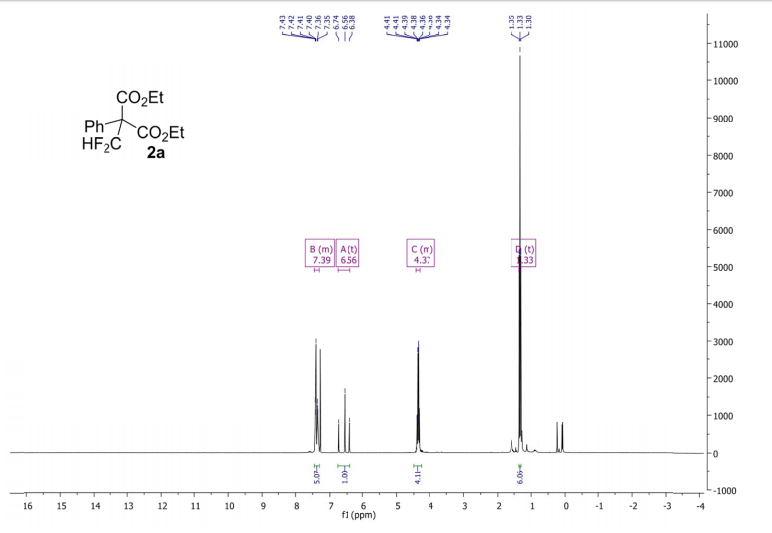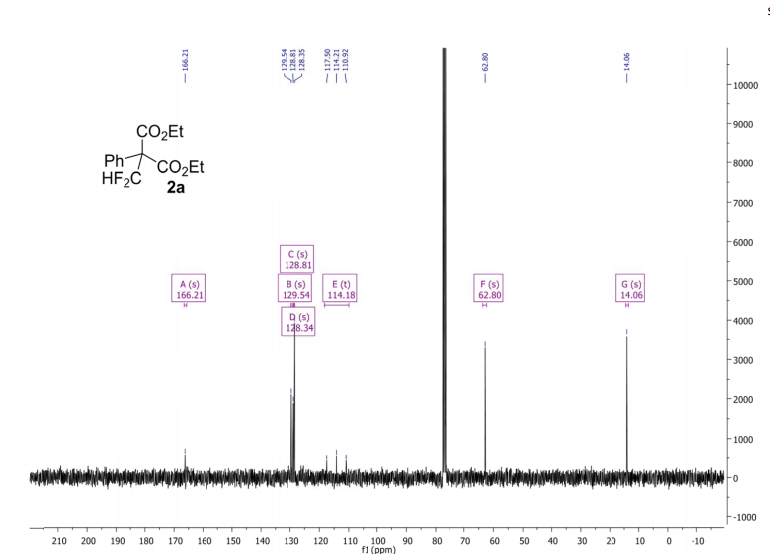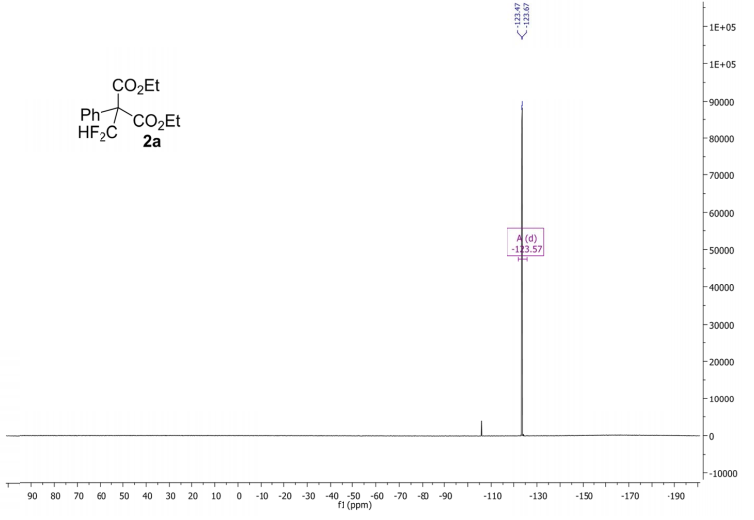Green Chem., 2018, Advance Article
DOI: 10.1039/C7GC03619A, Communication
DOI: 10.1039/C7GC03619A, Communication
Yahui Li, Zechao Wang, Xiao-Feng Wu
A sustainable procedure for the synthesis of various alkyl arylacetates from benzyl alcohols has been developed
A sustainable procedure for the synthesis of various alkyl arylacetates from benzyl alcohols has been developed
A sustainable procedure toward alkyl arylacetates: palladium-catalysed direct carbonylation of benzyl alcohols in organic carbonates
Abstract
A sustainable procedure for the synthesis of various alkyl arylacetates from benzyl alcohols has been developed. With palladium as the catalyst and organic carbonates as the green solvent and in situ activator, benzyl alcohols were carbonylated in an efficient manner without any halogen additives.
Ethyl 2-phenylacetate1H NMR (300 MHz, Chloroform-d) δ 7.32 – 7.08 (m, 5H), 4.08 (q, J = 7.1 Hz, 2H), 3.54 (s, 2H), 1.18 (t, J = 7.1 Hz, 3H).
13C NMR (75 MHz, CDCl3) δ 171.61, 134.17, 129.24, 128.54, 127.03, 60.85, 41.45, 14.18.







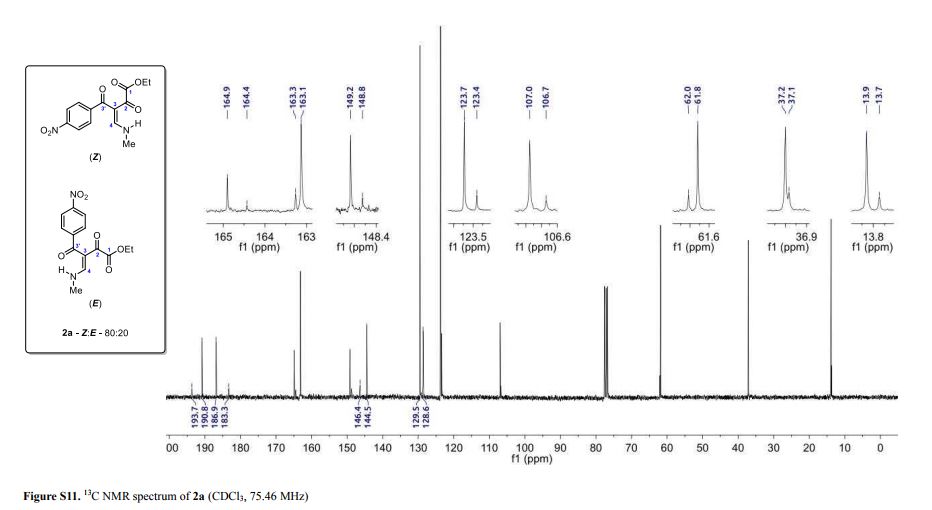

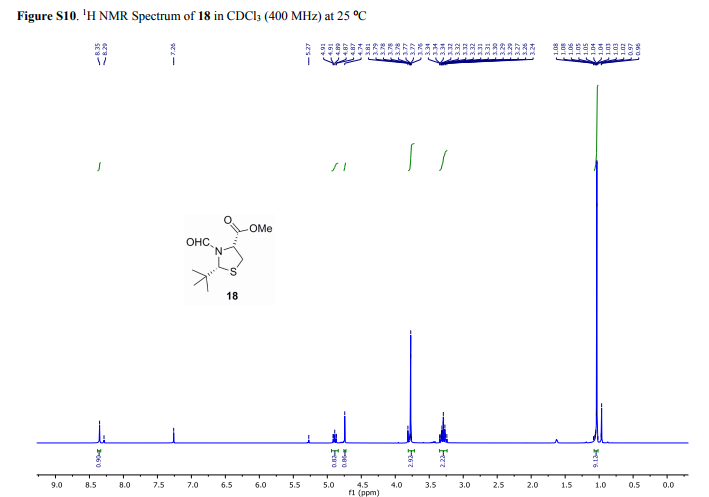
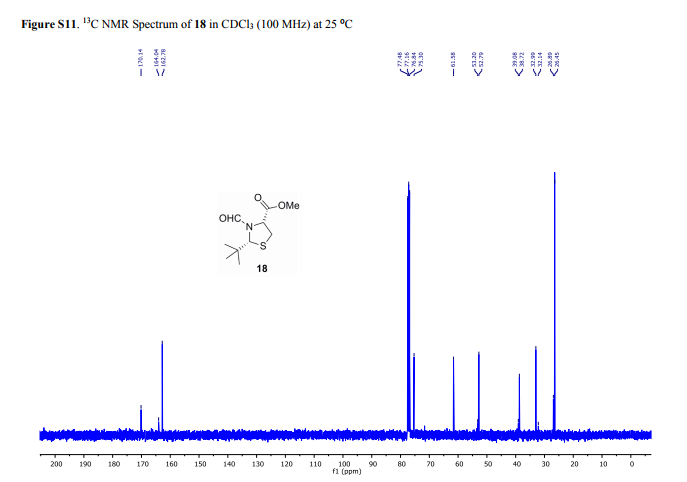



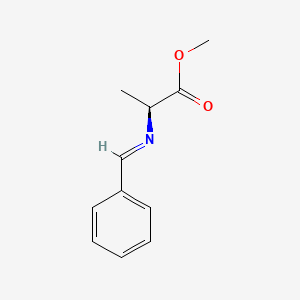




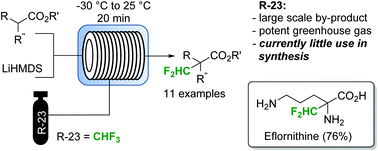
 Open Access
Open Access
